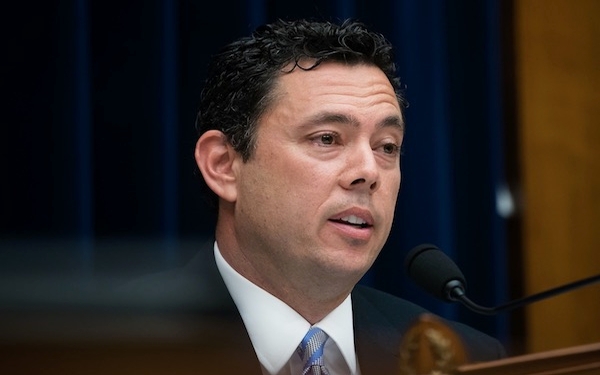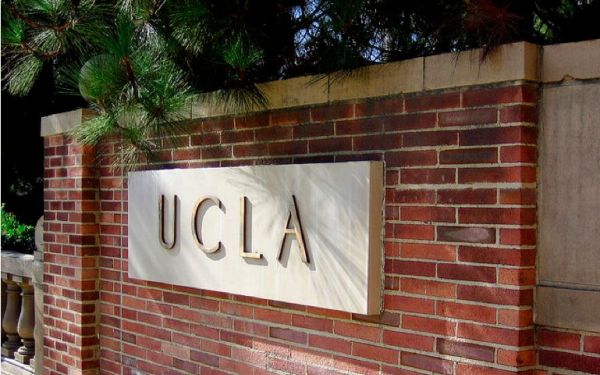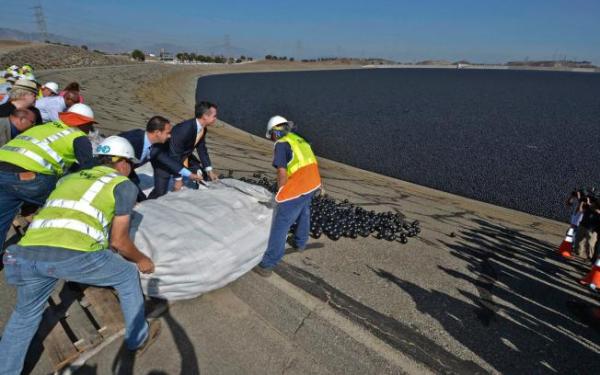California’s decadelong push to add solar power is showing some big results.
The federal government reported Tuesday that California has become the first state to get 5 percent of its electricity from large-scale solar power installations. In 2014, solar power plants in California generated 9.9 million megawatt hours of electricity, more than all other states combined.
And the report, from the U.S. Energy Information Administration, doesn’t even count the output of rooftop solar arrays on homes and many businesses. Only installations capable of generating at least 1 megawatt of electricity were included.
California law requires utilities to get 33 percent of their electricity from renewable sources by 2020. That law prompted a wave of solar power plant construction that peaked in the last two years, with massive plants coming online. Some of those facilities —such as Topaz and Desert Sunlight — use the same photovoltaic panels that homeowners slap on their roofs. Others — including the Ivanpah plant designed by Oakland’s BrightSource Energy and funded by Google — employ fields of mirrors to focus sunlight (although questions about the amount of electricity Ivanpah actually generates continue to dog the plant).
Their opening rapidly boosted the amount of solar power in California’s energy mix. According to the administration, large-scale solar accounted for 1.9 percent of California’s in-state electricity generation in 2013, jumping to 5 percent last year. Only Arizona and Nevada came close, with big solar plants accounting for 2.8 percent of 2014 generation in each state.
Pacific Gas and Electric Co., California’s largest utility, estimates that the drive to add more renewable power — including solar, wind, geothermal and small-scale hydroelectric — increases electricity bills about 1 to 2 percent each year.
For California, the sudden influx of solar power came at a fortuitous time. The government report notes that solar surged just as California’s main source of carbon-free power — big hydroelectric dams in the Sierra foothills — started plunging, due to the drought. Measured in megawatt hours, electricity from new solar facilities in 2014 made up for 83 percent of the power lost from hydro dams.
With another disappointing rain season now ending, don’t look for that source of electricity to rebound anytime soon.
David R. Baker is a San Francisco Chronicle staff writer. E-mail: dbaker@sfchronicle.com Twitter: @DavidBakerSF
———
©2015 the San Francisco Chronicle
Visit the San Francisco Chronicle at sfgate.com
Distributed by Tribune Content Agency, LLC












